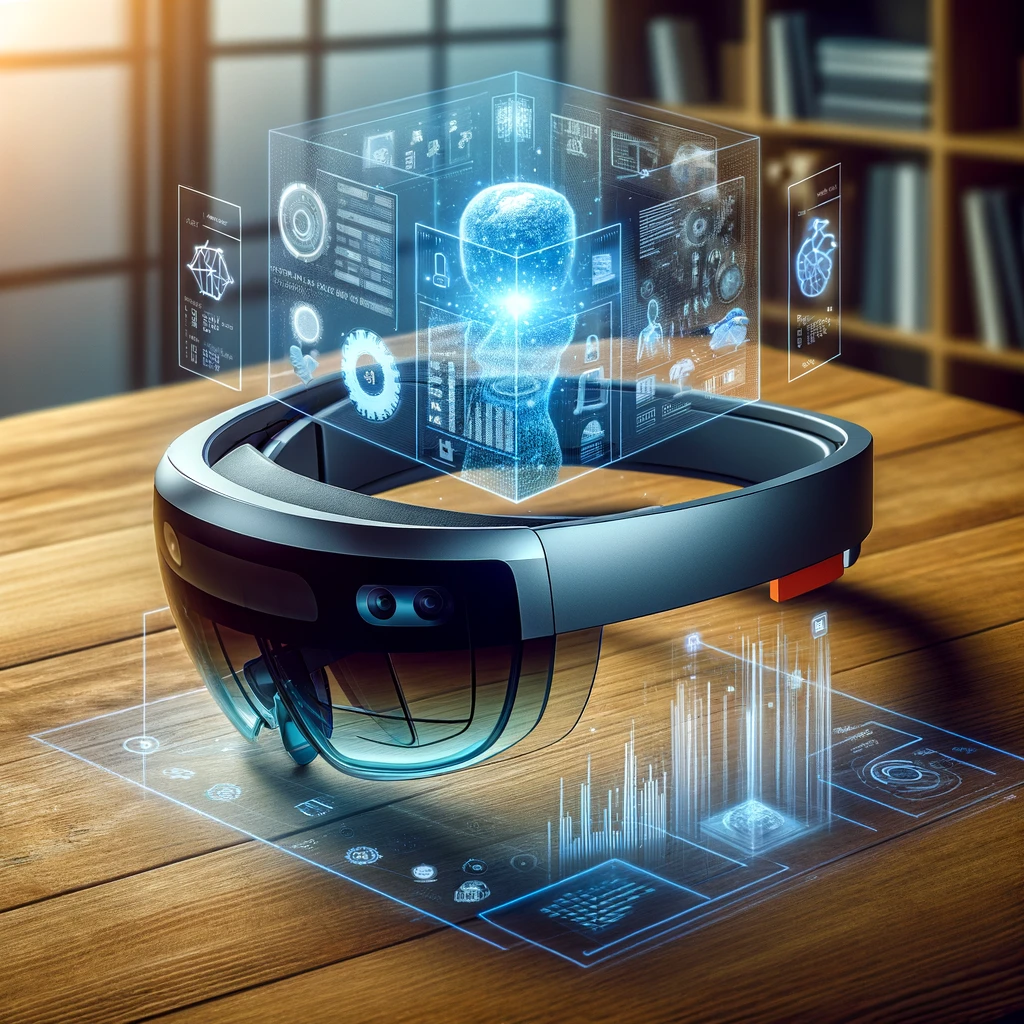
Microsoft HoloLens has emerged as a standout product in the realm of mixed reality (MR), offering users the ability to overlay digital content onto the real world. This technology merges the physical and digital, creating interactive environments that have far-reaching applications across various industries, from healthcare to engineering, fundamentally transforming how professionals interact with their workspaces and data.
The HoloLens is designed to recognize and interact with its environment, allowing users to place and manipulate digital objects in real space. This capability makes it an invaluable tool in industries where spatial understanding and interaction are crucial. For example, in healthcare, surgeons can use HoloLens to view 3D representations of a patient’s anatomy during procedures, enhancing precision and improving outcomes. This ability to blend digital information with the physical world opens up new avenues for training, planning, and executing complex medical tasks.
In the field of engineering, HoloLens has proven to be a game-changer. Engineers can use the device to visualize and interact with 3D models of structures or machinery, superimposing these models onto the physical environment. This application allows for a more intuitive understanding of how a design fits within a given space or how various components interact, facilitating better decision-making and collaboration among teams.
Beyond healthcare and engineering, HoloLens has applications in education, offering students and educators a more immersive and interactive learning experience. By bringing digital content into the three-dimensional space, learners can explore complex subjects in a more engaging and intuitive manner. Whether it’s a student studying the intricacies of molecular biology or a trainee practicing a technical skill, HoloLens enhances learning by making abstract concepts tangible.
The device’s impact extends to the retail and design industries as well. Retailers can use HoloLens to create dynamic, interactive displays and virtual showrooms, offering customers a new way to experience products. Similarly, designers and architects can explore and iterate on their creations in a mixed reality environment, enabling them to refine their designs with a level of detail and perspective that traditional computer screens cannot provide.
HoloLens is also shaping the future of remote work and collaboration. With its mixed reality capabilities, teams distributed across the globe can work together in a shared virtual space, manipulating and interacting with the same digital objects as if they were in the same room. This capability not only reduces the barriers imposed by physical distance but also enhances teamwork and creativity.
Despite its impressive capabilities, HoloLens is not without challenges. Issues such as user comfort, accessibility, and the integration of MR into existing workflows are ongoing areas of development. Moreover, as with any technology that blends digital content with the real world, there are considerations around privacy and data security that need to be addressed.
Microsoft HoloLens is at the forefront of mixed reality technology, offering transformative experiences that merge the digital and physical worlds. Its applications across various industries demonstrate its potential to revolutionize how we interact with information, collaborate, and perform tasks. As the technology matures and becomes more integrated into different sectors, HoloLens is poised to change our perception of reality, enhancing our abilities to learn, design, communicate, and solve problems.